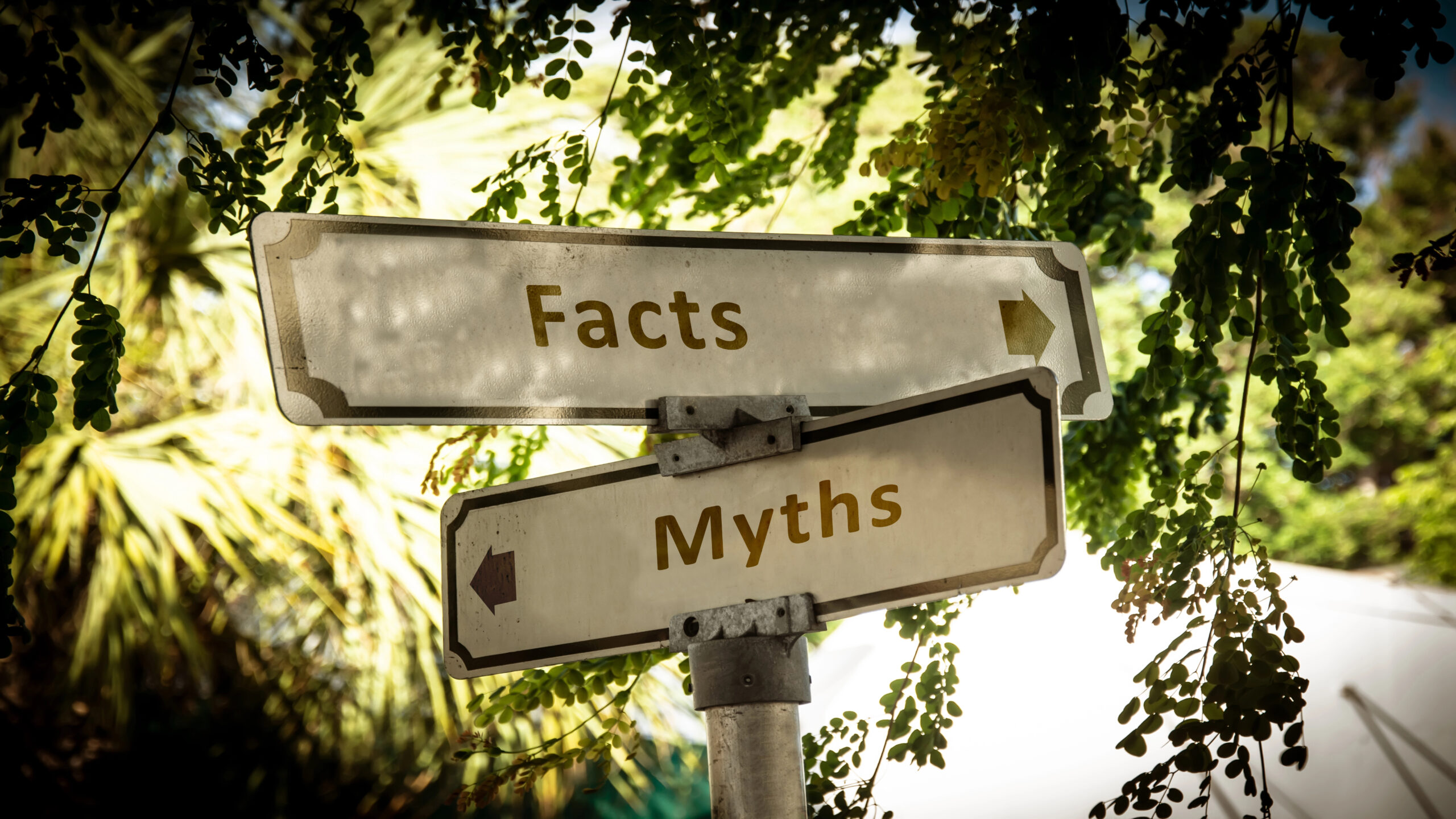
You might have heard myths about artificial grass before, and you may have even thought some were true. This isn’t surprising since many myths come from old facts. People still say things like “it looks fake” or “it harms nature,” but they don’t know how much better it is now. Sadly, these myths might stop you from choosing wisely. Debunking common myths helps you see how useful artificial grass is today.
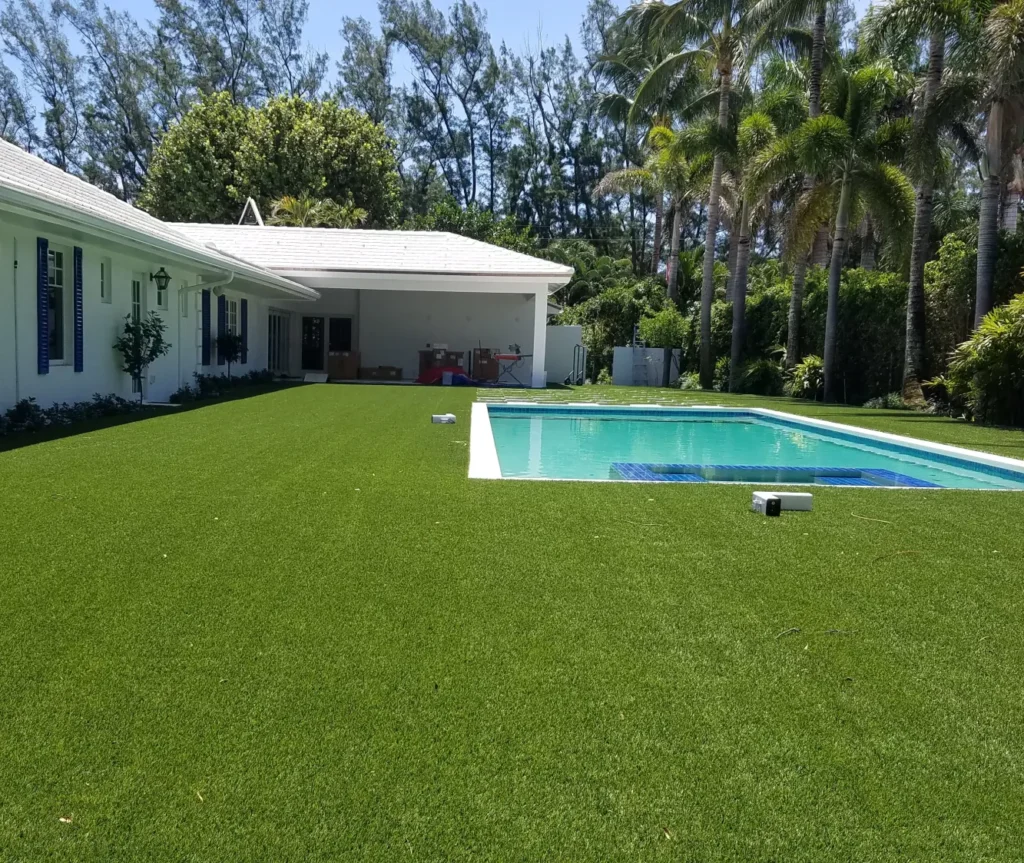
Some people think artificial grass looks fake or like plastic. This idea has been around for a long time. Older fake grass didn’t look real because it was shiny and all one color. It didn’t have the natural differences that real grass has. Even now, some people still believe this because they remember how it used to look. But today’s artificial grass is much better and more realistic.
New technology has made artificial grass look more like real grass. Companies have added features to make it look and feel natural:
These changes make artificial grass look and feel so real that it’s hard to tell it apart from natural grass.
Today, there are many kinds of artificial grass for different uses. Some are made for homes, with soft textures and natural colors. Others are for businesses, where they need to look nice and last long. There’s even fake grass for sports fields that works well and looks real. With so many choices, it’s clear that artificial grass no longer looks fake.
Tip: When buying artificial grass, pick ones with mixed colors and textures. These details make it look more like real grass.
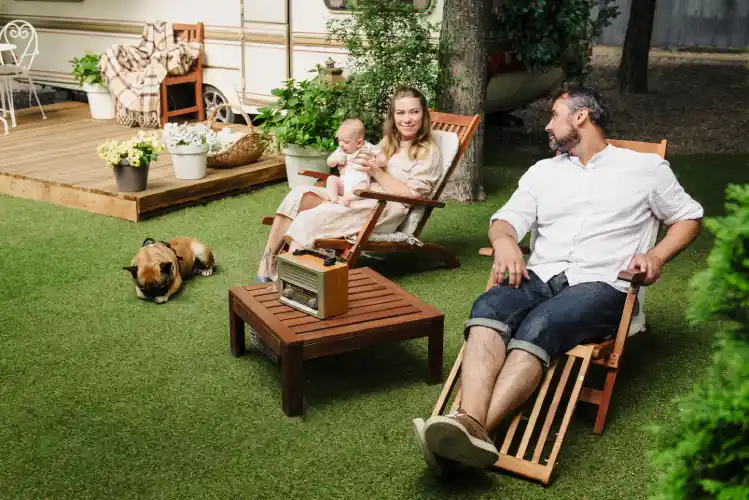
Some people think artificial grass is bad for pets or kids. This idea comes from old facts about fake grass materials. Today’s artificial grass is made to be safe. Companies now use non-toxic materials without harmful chemicals like lead or PFAS. These improvements make it safe for kids and pets to play on.
Artificial grass follows strict safety rules to protect families. For example:
Laws like the European Union’s REACH rules ensure fake grass meets chemical safety standards. These rules help you feel confident that your lawn is safe.
Artificial grass gives kids and pets a soft, clean place to play. Unlike real grass, it doesn’t attract bugs or need harmful sprays. It’s also tough enough for rough play without damage. Pet-friendly turf resists smells and stains, keeping it clean for your pets.
Muddy shoes and paws can be frustrating. With artificial grass, there’s no mud, even after rain. Kids and pets can play without tracking dirt into the house.
Fake grass is made to last. It stays strong even with active kids and pets. Its surface doesn’t soak up messes, so cleaning is simple. A quick rinse keeps it fresh and odor-free.
Tip: Choose pet-friendly turf with good drainage. It stops water from pooling and keeps your lawn dry.

Some think fake grass wastes resources, but it saves water. Real grass needs lots of water to stay green, especially in dry places. Artificial grass doesn’t need any water, making it great for areas with droughts.
Here’s a simple comparison:
| Lawn Type | Water Used (gallons/year) | Water Saved (gallons/year) |
|---|---|---|
| Real Grass | 22,000 | 0 |
| Artificial Grass | 0 | 40,000+ |
Switching to fake grass can save over 40,000 gallons yearly. That’s a big help for the planet!
Today’s fake grass is made with the environment in mind. Many companies use recyclable materials to make it. Some even recycle old turf so it doesn’t go to waste. Choosing artificial grass helps reduce trash and supports recycling.
Real grass often needs fertilizers and sprays to stay healthy. These chemicals can harm the earth by polluting water and soil. Fake grass doesn’t need any of these. You get a green lawn without hurting the environment.
Taking care of real grass means mowing, which uses gas and pollutes air. Fake grass doesn’t need mowing or trimming. This helps cut down on pollution and lowers your carbon footprint.
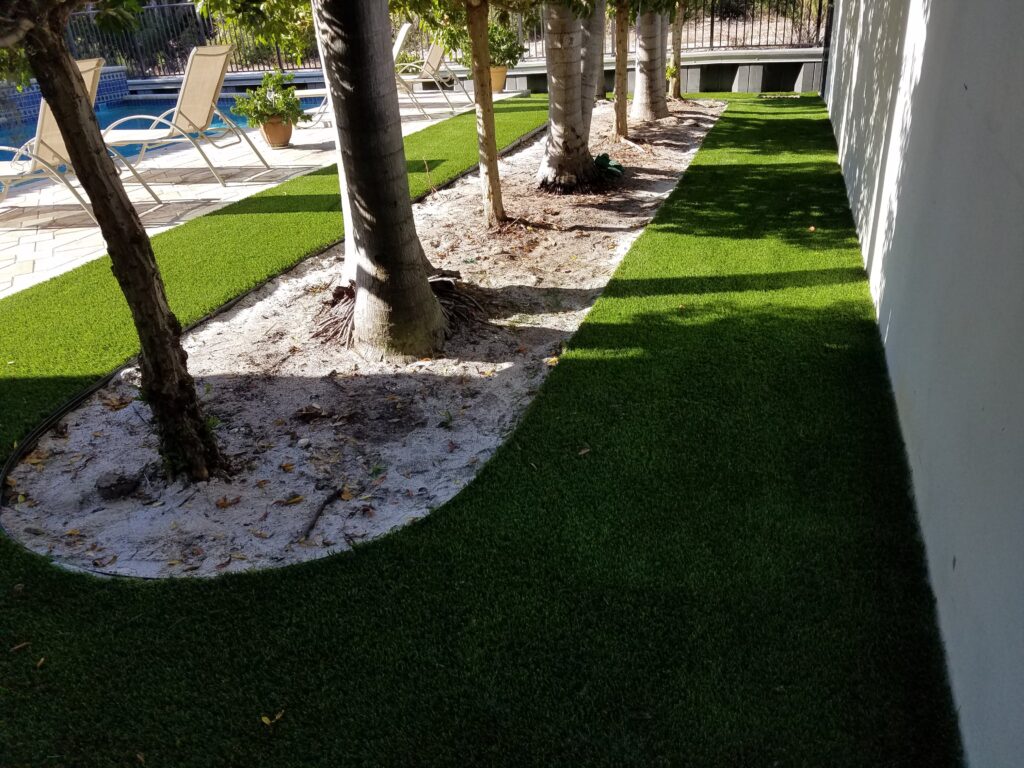
Some people think artificial grass needs no care at all. That’s not true. It’s easier to manage than real grass, but it still needs some work. You’ll have to clear leaves, sticks, and trash often. Use a rake or leaf blower to do this quickly.
If you have pets, cleaning up after them is important too. Artificial grass can handle pet messes, but you’ll need to pick up waste. Rinse the area sometimes to keep it clean. Dust and dirt can also build up over time. A garden hose can wash it off easily.
When compared to real grass, artificial grass is much simpler. Real grass needs mowing, watering, and fertilizing often. These chores take time and cost money. With artificial grass, you don’t have to mow or water anymore.
Also, fake grass doesn’t attract bugs or grow weeds. This means no need for harmful sprays. You’ll save time and effort while enjoying a green yard all year.
Keeping your fake lawn nice is easy with a few steps. Brush the grass sometimes to keep it standing tall. Use a stiff broom or turf brush for this. Rinse it often to remove dirt and stop smells. Check for damage in busy areas and fix it quickly.
Tip: Use a special cleaner for tough stains or bad smells. It helps keep your lawn fresh and clean.
With just a little care, your artificial grass will look great for many years.
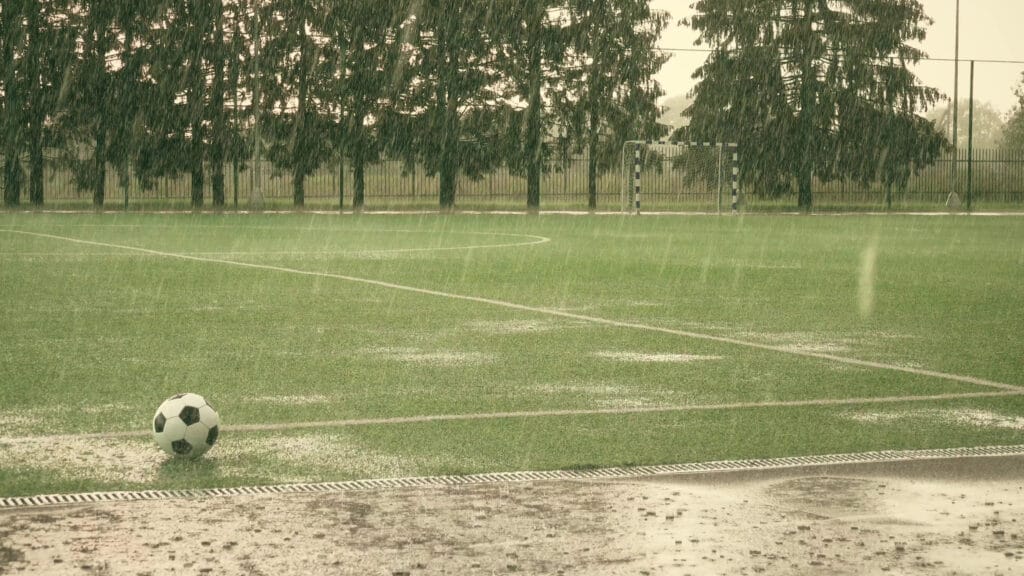
Some people think fake grass doesn’t drain water well. Modern designs prove this wrong. Today’s artificial grass has smart drainage systems. Many types have tiny holes in the backing. These holes let water pass through quickly, up to 30 inches per hour. Even heavy rain won’t leave puddles on your lawn.
Special mats help guide water to nearby drains. These mats work great for rooftops or patios. Raised platforms under the turf also help water flow freely. They stop water from pooling and keep the area dry.
“Modern artificial grass drains so well it’s perfect for rooftops. It prevents water buildup that could harm structures.”
Puddles can be annoying, especially for kids and pets playing outside. Fake grass fixes this problem with built-in drainage. Its layered design moves water fast through the surface. This keeps your yard dry after rain and ready for fun.
The slope and shape of your yard affect drainage too. Experts check these details when installing artificial grass. They adjust the base layer or connect the turf to existing drains. This stops water from pooling and keeps everything working well.
Here are some cool drainage ideas used in artificial grass:
| Feature | What It Does |
|---|---|
| Tiny Holes in Backing | Moves water fast, up to 30 inches per hour |
| Special Mats | Guides water to nearby drains |
| Raised Platforms | Creates space for water to flow underneath |
| Linked to Existing Drains | Stops puddles and handles water effectively |
These features make fake grass a great choice, even in rainy places. If you’re worried about drainage, modern artificial grass has you covered!
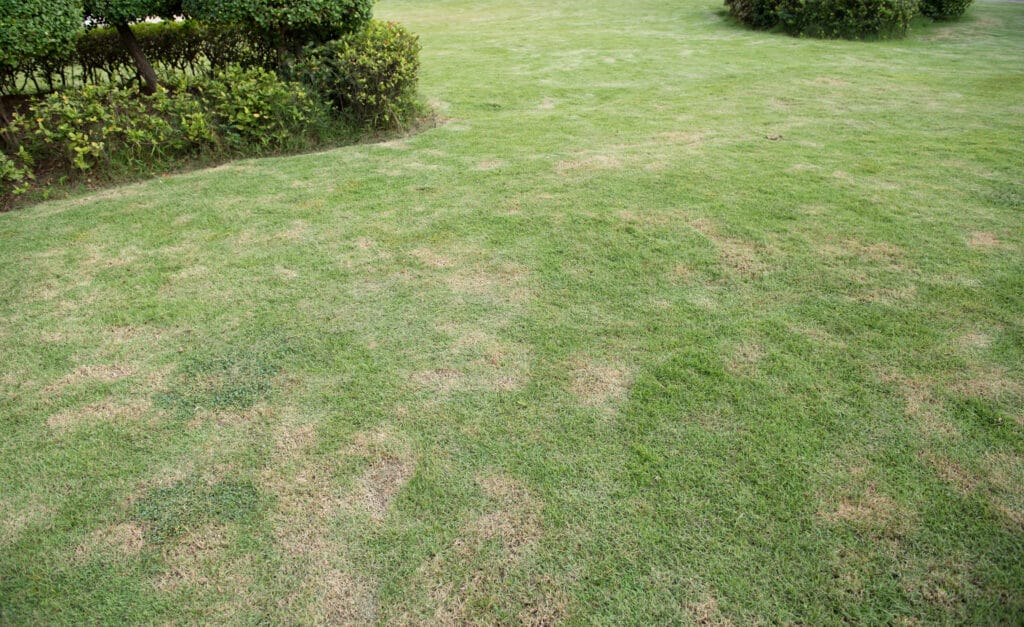
Some people think artificial grass can’t survive bad weather. The truth is, it can! Today’s fake grass is made to handle tough conditions. In hot weather, it won’t melt or change shape. In freezing winters, it stays strong and doesn’t crack. After heavy rain, it drains water fast, so puddles don’t form.
Did you know? Artificial grass can get hot in the sun. You can cool it by spraying water or adding shade. This makes it safer for kids and pets.
Worried about fading? Don’t be. Good-quality turf has UV protection. This keeps the color bright even in strong sunlight. Whether it’s hot summers or icy winters, your lawn stays green and fresh.
Wind can ruin real grass, but fake grass stays in place. Installers use strong stakes or glue to keep it secure. This makes it a great choice for windy areas.
Sports fields often use fake grass because it works in bad weather. Soccer fields stay usable after rain. People in snowy places like it because it doesn’t freeze or get slippery. These examples show how tough modern artificial grass is in any weather.
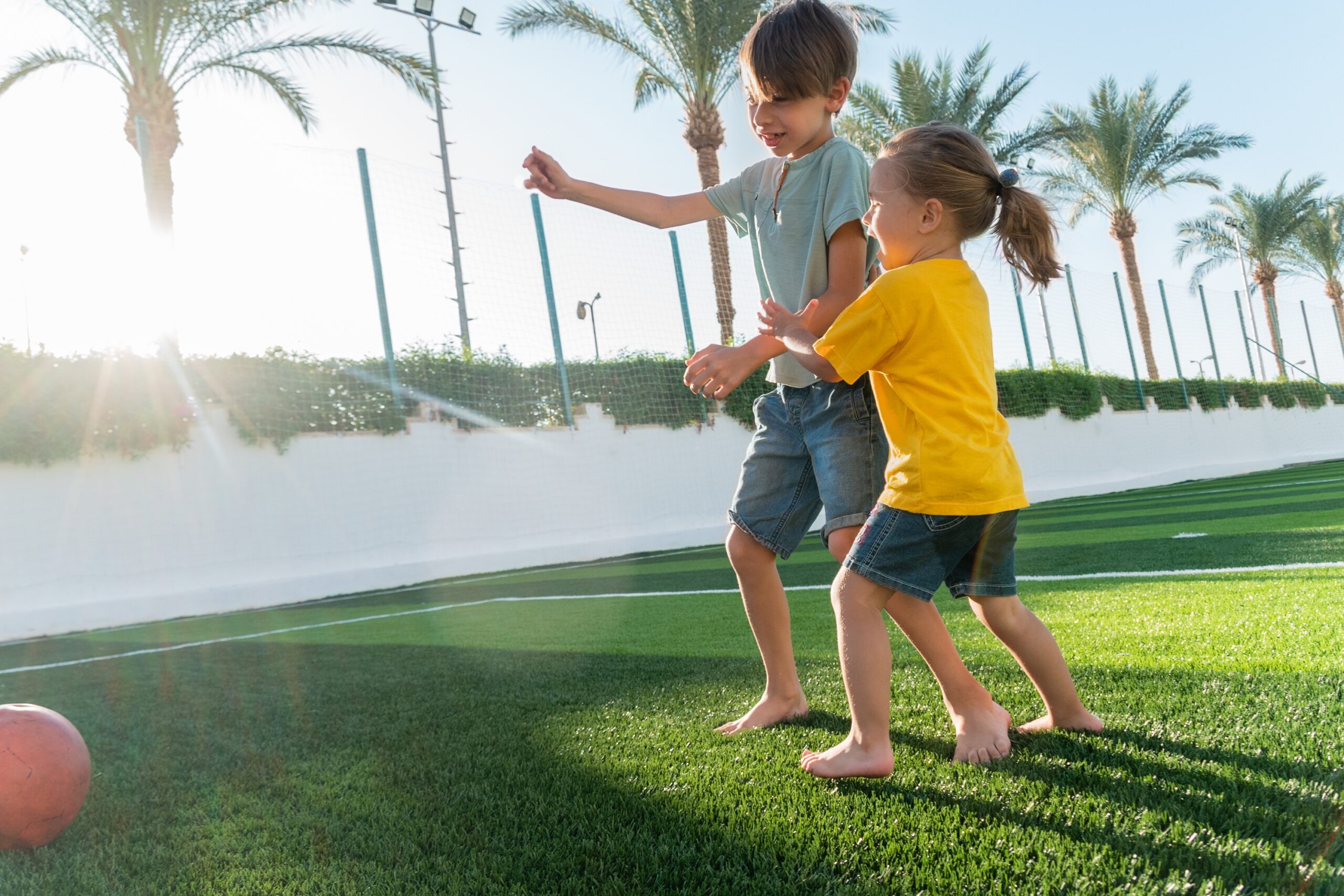
At first, artificial grass might seem costly to install. Many people focus on the higher starting price compared to real grass. But when you look at the long-term savings, it’s worth it.
Here’s a simple comparison:
| Aspect | Natural Lawn Costs | Artificial Grass Costs |
|---|---|---|
| Initial Investment | Cheaper to plant or seed | Costs more to install upfront |
| Maintenance Costs | High for mowing, watering, and care | Low, mostly cleaning |
| Water Usage | Expensive water bills, especially in summer | Saves money by using no water |
| Longevity | Needs constant care | Lasts 15-20 years with little upkeep |
| Environmental Impact | Uses chemicals and wastes water | Eco-friendly, no chemicals needed |
| Resale Value | Can turn buyers away due to upkeep | Attracts buyers with easy maintenance |
Over time, artificial grass saves homeowners a lot of money. It’s not just about the cost now—it’s about saving later.
Real grass needs constant care. You have to mow, water, and fertilize it often. These tasks cost time and money. With artificial grass, most of these costs disappear. You won’t need to buy gas for your mower or pay for pest control.
One homeowner saved big on water and care after switching to turf. Businesses also find it durable and low-cost to maintain. It’s a smart choice for both homes and commercial spaces.
Buying artificial grass is like making an investment. It lasts 15-20 years with little work, which is great for busy families. It also raises home value because buyers like low-maintenance yards.
For families with kids or pets, it’s even better. It stays clean, keeps bugs away, and is safe for play. Over time, you save money on water, care, and lawn treatments. This makes artificial grass a smart and affordable option.
Tip: Worried about the cost now? Think about how much you’ll save later. Over the years, artificial grass pays for itself.
Misunderstandings about artificial grass can be cleared up easily. It’s now safe, useful, and good for the environment. New designs use recycled items, save water, and feel soft. Cities enjoy it because it’s simple to care for. Whether for yards or sports fields, it’s a smart and green option. Why not learn more about it today?
Cleaning is simple! Use a garden hose to rinse off dirt. For tougher stains, a mild soap and water solution works wonders.
Nope! High-quality artificial grass has UV protection. It stays green and vibrant even after years of sunlight exposure.
Absolutely! Pet-friendly turf is non-toxic, durable, and easy to clean. Plus, it resists odors and stains, making it perfect for your furry friends.
Tip: Rinse pet areas regularly to keep your lawn fresh and odor-free.
